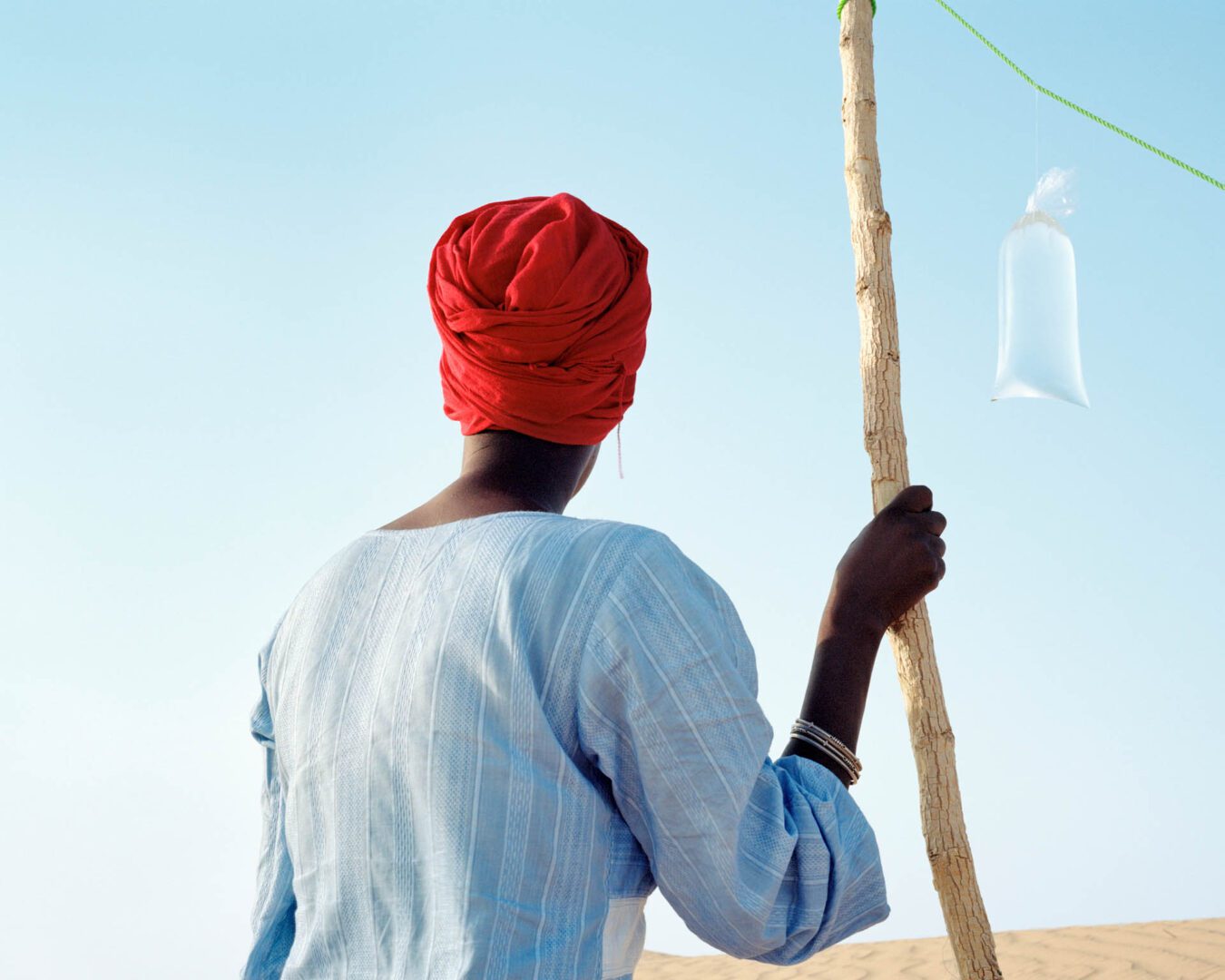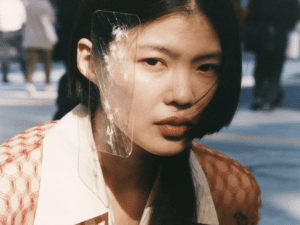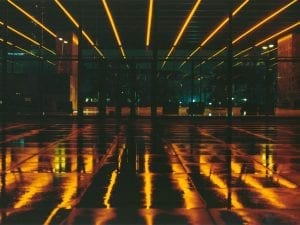This year, Huis Marseille in Amsterdam celebrates a quarter-century of curatorial innovation. A 25th anniversary is a moment for a gallery to take stock: to ask what has been accumulated, and what it says about the shifting currents of contemporary art. Huis Marseille is doing just that, via a sweeping survey of its collection. Memento. Photography, interrupted is a celebration and a statement of purpose, spanning both of the museum’s 17th-century canal houses on the Keizersgracht. Over 100 photographic works form a vivid topography of image-making across 25 years. The exhibition reaches back to foundational moments in the museum’s history, whilst also capturing the urgency and multiplicity of the present moment.

Founded in 1999 as Amsterdam’s first photography museum, Huis Marseille began as an independent initiative rooted in the private collection of Jos de Pont. From the outset, it sought to champion art photography from the Netherlands, alongside work from South Africa and Japan, offering an alternative to traditional museum hierarchies. Over time, the institution broadened its reach, foregrounding diasporic voices, and expanding the relationship between photography, fashion and visual culture. The museum’s two adjoining buildings – Keizersgracht 401 and 399 – now house thirteen gallery spaces, whose intimate scale and architectural character remain central to the viewing experience. That sense of place has always defined Huis Marseille’s approach: reflective, rigorous and in dialogue with the street and city beyond.
Photography has never been more relevant, or more widely consumed. Institutions like FOAM, also based in Amsterdam, have drawn global audiences with dynamic programming and boundary-pushing retrospectives. Across Europe, venues such as C/O Berlin, the Maison Européenne de la Photographie in Paris and London’s Photographers’ Gallery continue to position photography as a central, urgent medium. Huis Marseille belongs to this conversation not by competing for scale or spectacle, but through its precise and deeply considered curatorial lens. The museum offers a counterpoint: quieter, slower, grounded in architectural intimacy and a commitment to visual thinking that places photographs in dialogue with social, political and material histories. That enduring popularity – and the rising audience appetite for photographic work – only sharpens the significance of a collection show like Memento.
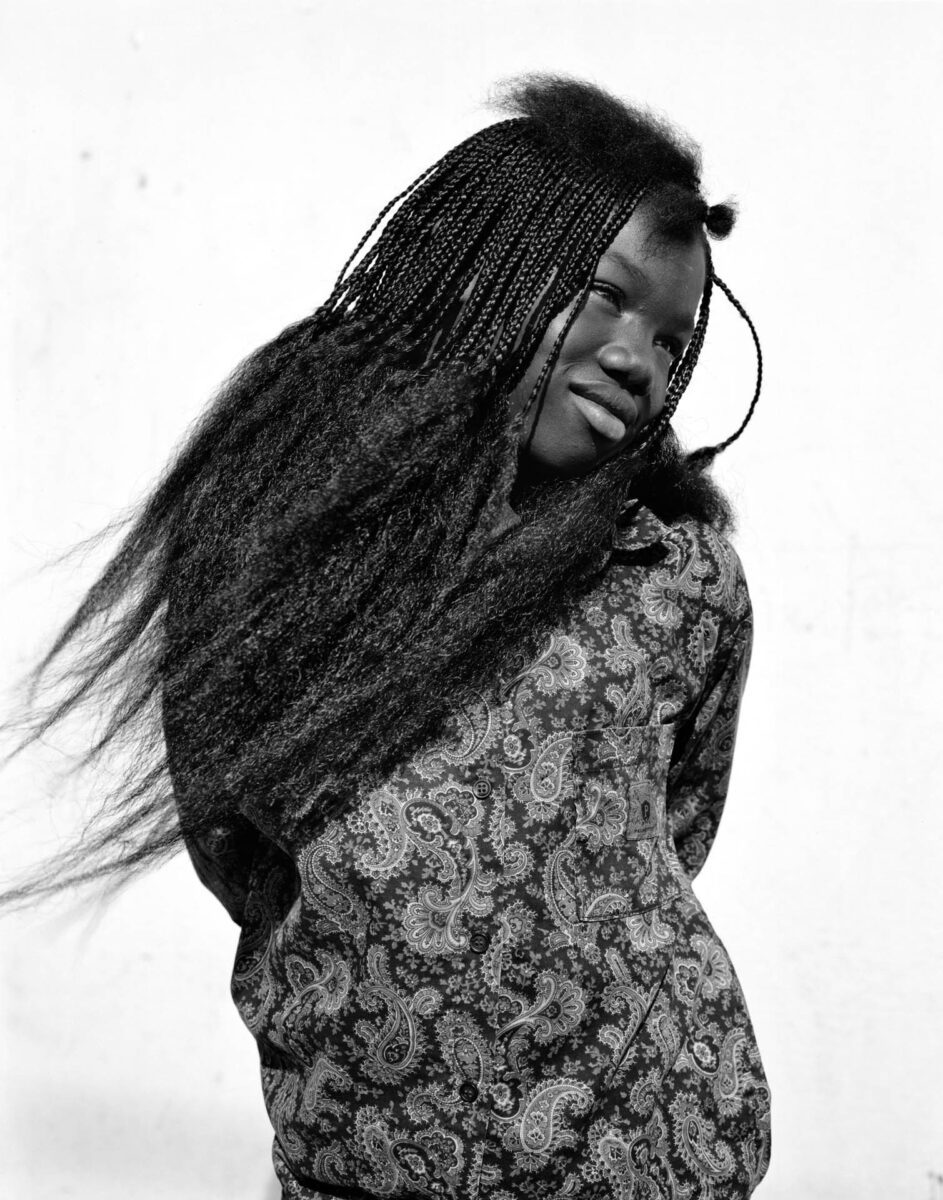
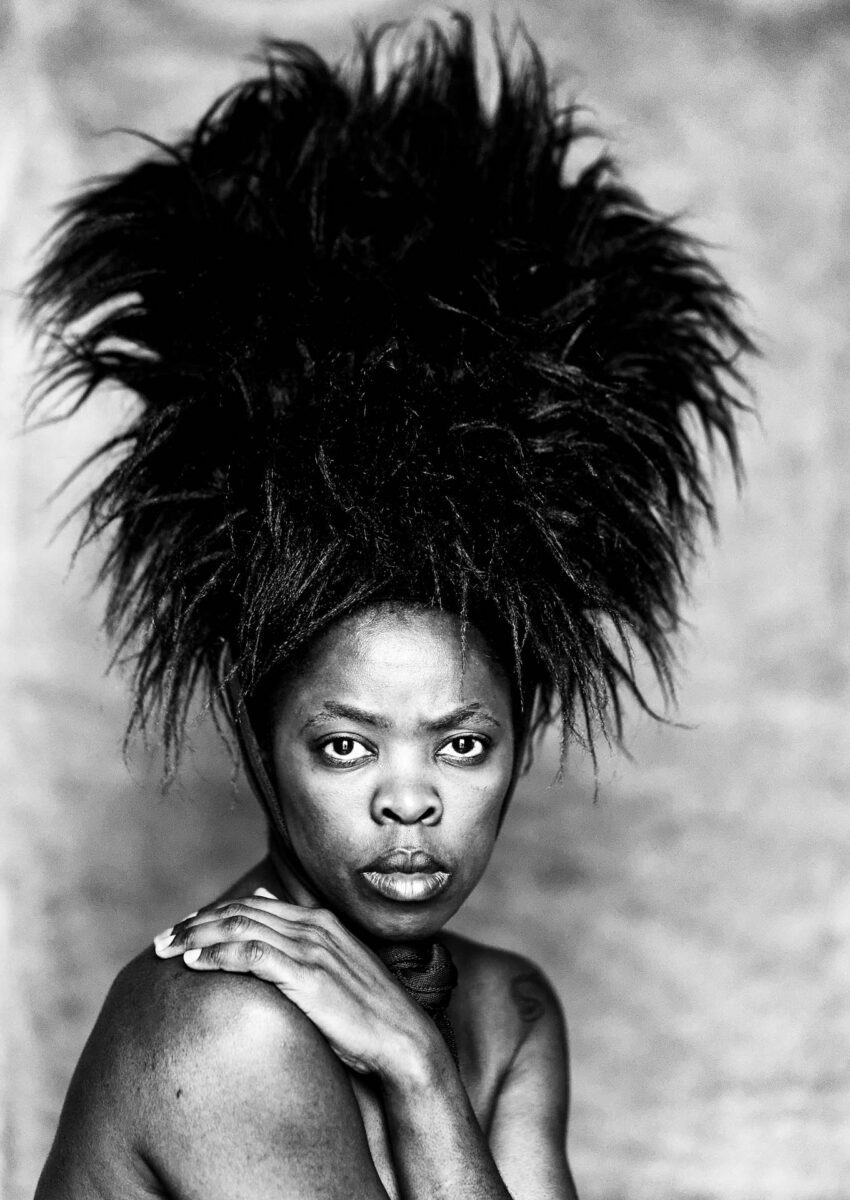
Memento eschews linear narratives. It is not a chronological unfolding of acquisition history, but a staging of photographic constellations. The works are installed in a manner that deliberately evokes the museum depot – a typically unseen space of storage and contemplation. Drawing on Lina Bo Bardi’s iconic glass easels (on loan from the Depot Boijmans Van Beuningen), exhibition designer Philip Lüschen blurs the boundary between archive and display, presenting photographs as suspended, sculptural objects. His accompanying video installation extends this logic further, folding time and motion into still imagery. There is a formal monumentality here, but also an undercurrent of intimacy: every image is a memento, tethered to the artist’s gesture, to a particular exhibition, or to a moment in the institution’s evolution.
Organised around thematic “collection lines,” the show traces how visual and social conversations have unfolded across the years. South African photography is a vital through-line, represented by figures such as David Goldblatt, Zanele Muholi, and Lindokuhle Sobekwa – each responding to personal and political histories through the camera lens. Another thread highlights iconic female Dutch photographers, including Dana Lixenberg, Scarlett Hooft Graafland and Jacqueline Hassink, whose works have shaped critical discourses on representation, landscape, and identity. Fashion and art intersect in the works of Jamie Hawkesworth, Hellen van Meene, Viviane Sassen and Tyler Mitchell, whose images move fluidly between editorial, conceptual and portraiture. Elsewhere, photographers like Eddo Hartmann and Ad van Denderen offer a slower, more documentary gaze, capturing spaces of transition and memory.

Amongst the most resonant inclusions is the work of Deana Lawson, who was first exhibited at Huis Marseille in 2019. Five of her major pieces now form part of the permanent collection, marking a significant commitment to one of the most influential image-makers of the present moment. Lawson’s photographs are not merely portraits; they are dense, choreographed tableaux of Black intimacy, myth and resilience. Their presence in Memento speaks to the museum’s evolving vision and its capacity to recognise artists whose work redefines the terms of photographic seeing.
The scope of Memento runs from early acquisitions to its most recent additions. Yet it is not just a look backward – it is a meditation on what it means to hold a photographic collection in a time of crisis and flux. The title, Memento. Photography, interrupted, alludes to this moment of rupture. Since the pandemic, the very nature of visibility, proximity and documentation has changed. The show reflects this urgency, not as a curatorial theme, but as a lived condition that informs how we now encounter images.
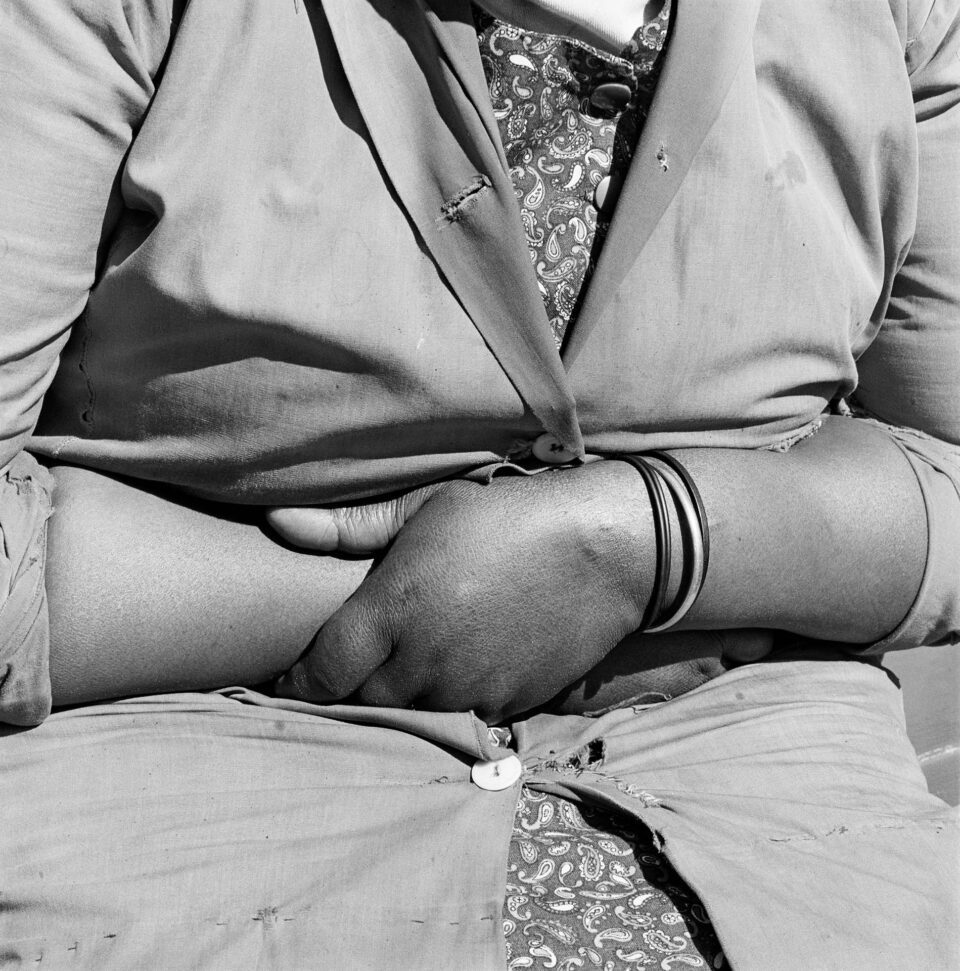
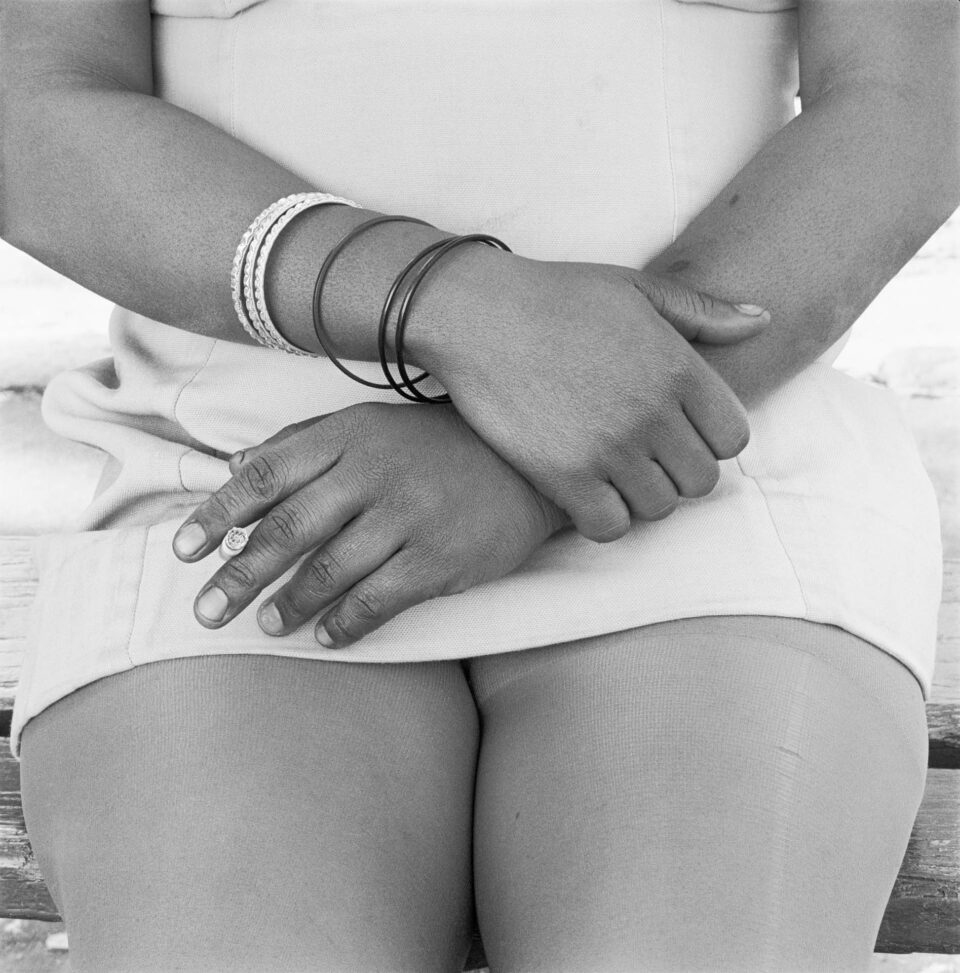
Huis Marseille has, over 25 years, cultivated a quiet but resolute voice within the European photography landscape. Its commitment to both emerging and established artists, its nuanced curatorial framing and its architectural specificity have defined its legacy. Memento is both a celebration and an open question: what does it mean to remember, to collect, and to reframe the past in light of the present? The exhibition does not claim to answer this outright. Instead, it invites us to dwell among the images and consider the spaces between them – the interruptions, the continuities, the futures not yet fully seen.
Memento: Photography, interrupted is at Huis Marseille, Amsterdam, until 12 October.
Words: Anna Müller
Image Credits:
1. © Dawit L. Petros, Nearness and Distance Constitute a Position, 2016 collection Huis Marseille.
2. © Tyler Mitchell Nap, 2021 collection Huis Marseille
3. © Dana Lixenberg Wilteysha, 1993, 1993, from the series Imperial Courts, 1993-2015 collection Huis Marseille
4. © Zanele Muholi Bester II, Paris, 2014, 2014, from the series Somnyama Ngonyama collection Huis Marseille
5. © Naoya Hatakeyama Blast (#5707), 1995 collection Huis Marseille
6. © David Goldblatt Child minder, Joubert Park, Johannesburg. 1975, 1975, from the series Particulars collection Huis Marseille
7. © David Goldblatt Woman smoking, Fordsburg, Johannesburg. 1975, 1975, from the series Particulars collection Huis Marseille


